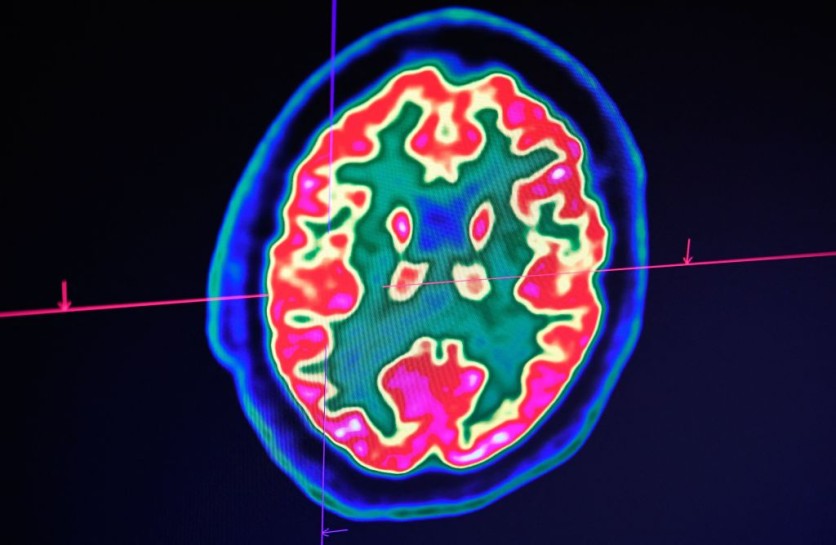The University of Birmingham in the UK has reportedly unveiled EyeD. This crucial device detects traumatic brain injuries (TBI) within minutes, simply by combining a spectrometer, a laser, and a smartphone.
This revolutionary device can give information about the extent of the trauma while being quick, accurate, and non-invasive for the patient, and it can be used on-site to assess traumatic brain injury (TBI) along the side of the road, in combat, or on a sports field.
The University's press release states that the innovative diagnostic hand-held gadget was devised and developed under the direction of Professor Pola Goldberg Oppenheimer from the School of Chemical Engineering. Its purpose is to evaluate patients as soon as an injury occurs.

Especially when early evaluation is reportedly a life-saving strategy, as the first hour is critical for identifying brain trauma; if not treated promptly, brain injuries like concussions can have detrimental long-term effects. But after an accident, brain damage symptoms can not show up right away, and advanced imaging methods like CT and MRI scans-which are only available in hospitals, are frequently needed for the diagnosis.
Thanks to the recently designed portable TBI detector, EyeD, medical personnel may now assess possible brain injuries swiftly and effectively.
The newly published study stated that EyeD identifies the presence and concentrations of recognized biomarkers for brain damage by combining a class 1, CE-marked, eye-safe laser with a particular Raman spectroscopy system. This technology utilizes light to disclose molecules' structural and biological features by analyzing how they reflect light, thus measuring the chemical alterations in the eye connected to brain injury.
EyeD Testing
To determine if this method is a practical and efficient way to make an initial "on the scene" diagnosis of traumatic brain injury (TBI), the current study describes the design, production, and refinement of a proof-of-concept prototype and its use in interpreting biochemical fingerprints of brain injury on the optic nerve.
Using both postmortem pig eye tissue and an artificial eye model, the researchers evaluated EyeD and discovered that it could reliably identify brain damage in both scenarios.
In addition to utilizing animal tissue to test the device's capacity to distinguish between TBI and non-TBI states, the researchers built a phantom eye to test the device's alignment and focus on the back of the eye. They also created decision support tools for the device employing artificial intelligence to quickly identify TBIs.
EyeD's Future Developments
The gadget is reportedly looking ahead, with the device being prepared for additional assessment, such as patient acceptance, clinical feasibility, and effectiveness investigations.
Researchers now anticipate that the diagnostic tool will be developed more with its ability to classify the injury as mild, moderate, or severe, as well as to direct triage appropriately and timely.

ⓒ 2025 TECHTIMES.com All rights reserved. Do not reproduce without permission.




